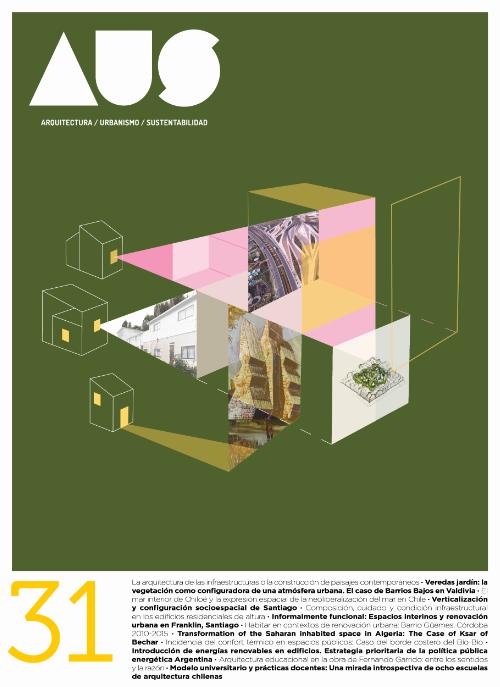Architecture of infrastructure or the building of contemporary landscapes
Main Article Content
Abstract
Infrastructures are a set of elements, facilities, or services required for the operation of a country, a society, or an organization. They are often structures that support others or thought to solve functional issues. Their essential everyday presence constantly modifies surroundings, cities, and territories. How do these transformations impact landscape? Do infrastructures create new spaces? Can an architectural project be materialized with them? To answer these questions, this article discusses seven international contemporary projects made in contexts where infrastructure networks play a dominant role and are built not just from a utilitarian point of view, but rather with an aesthetical, anthropological, and social perspective. An architecture of infrastructure emerges that generates unsuspected contemporary landscapes, mirroring the society that created them. The aim of this article is to reflect on this new reality from the perspective of the architectural project.

